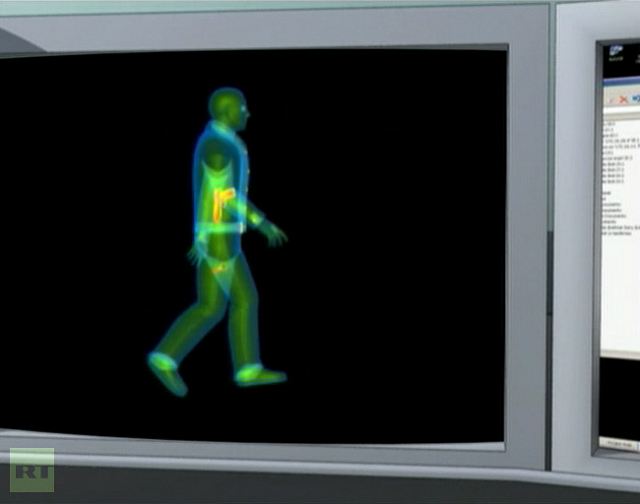Russian scientists created a new super-sensitive explosive detection device 2704125
| a | |||
Military Defense Industry Technology - Laser bomb detector |
|||
| Friday, April 27, 2012, 05:59 PM | |||
| Russian scientists created a new super-sensitive explosive detection device. | |||
Not
even the tiniest of particles will be able to escape the new super-sensitive
explosive detecting device created by Russian scientists. Its laser sensor
can pick up on a single molecule in a million from up to 50 meters away.
The device was developed over a period of five years by the Siberian branch
of the country’s Academy of Sciences. It will undergo full testing
this summer and is expected to be put to use by Russian intelligence later
this year. |
|||
Video
super-sensitive explosive detecting device |
|||
| |
|||
The
main challenge for scientists was to create a laser that would only interact
with specific particles present in the air, thus allowing it to wheedle
out traces of explosives. In addition, the device is not affected by changes
in heat and humidity in the surrounding atmosphere. |
|||
 |
|||
It
is totally safe to use, emitting less radiation than a cellphone.
“In our opinion it is the most effective device in the world for the remote detection of all known explosive substances like hexogen, octagon and trinitrotoluene. It can also pick up home-made explosive materials often used by terrorists,” said Aleksandr Vorozhtsov, deputy director of the Institute of Chemical and Energy Technology to Russia’s Channel One. The laser is invisible to the naked eye, making it possible to “scan a potential terrorist without alerting him or giving him time to activate an explosive,” said Vladimir Yakubov, Chair of Research Radiophysics at Tomsk State University. The new invention has a myriad of applications, and scientists are currently working on a second, more portable version for possible use in airports, stations and even in the underground. In its current form, the machine consists of several parts and materials must be brought to a lab to be analyzed. |
|||
 |
|||


























